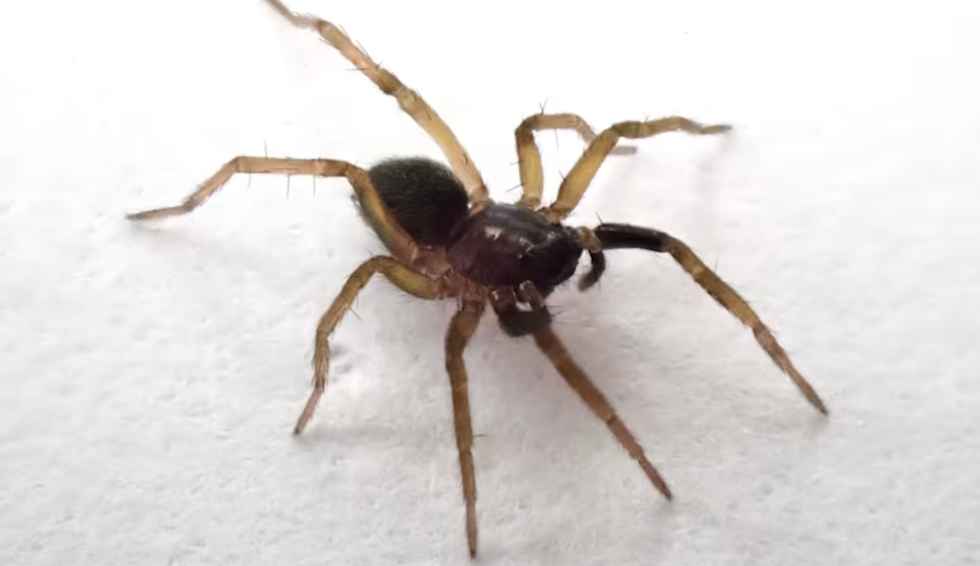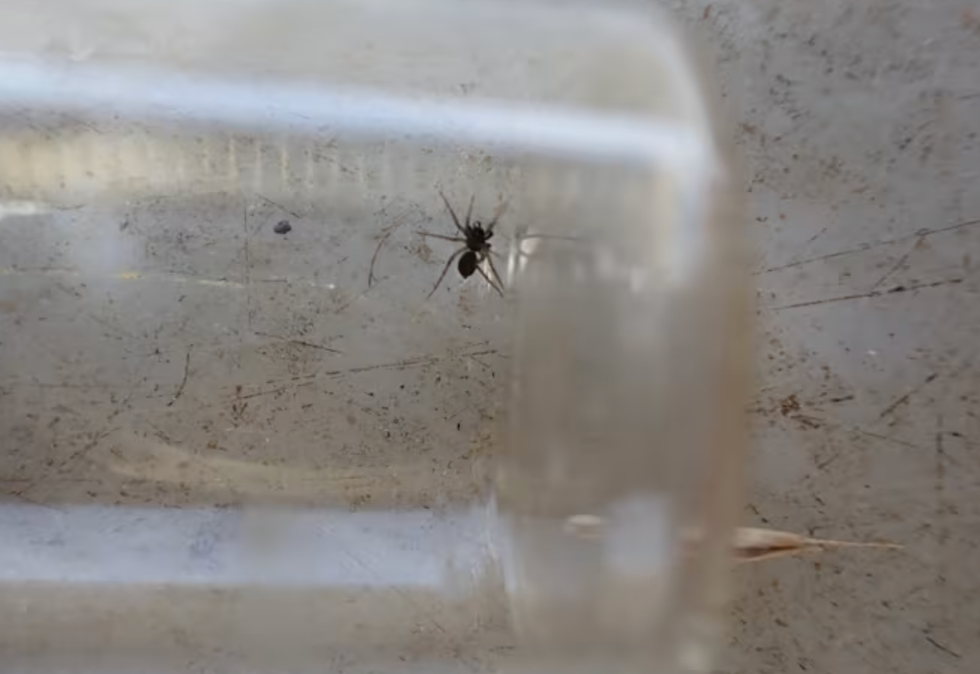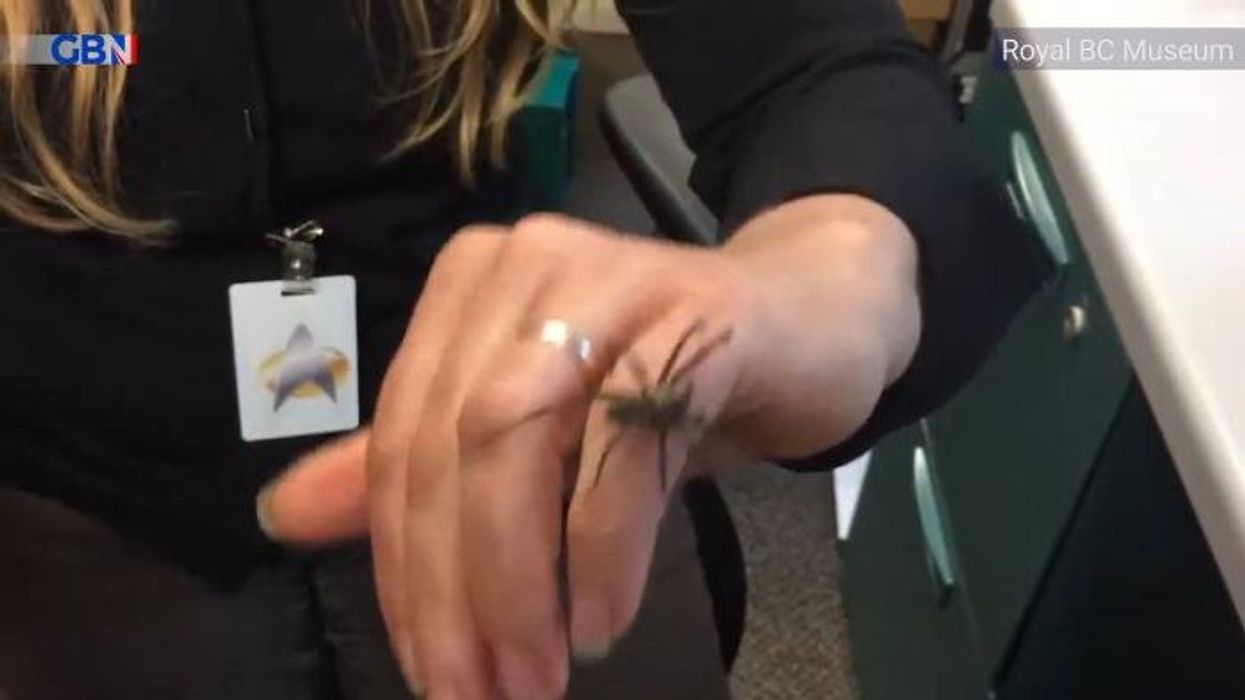Spider species on brink of extinction rediscovered in Britain for first time in 40 years

Two entomologists successfully located the tiny creature with distinctive orange legs
Don't Miss
Most Read
Trending on GB News
A spider species feared lost to Britain has been located on the Isle of Wight following a 40-year absence, representing a major achievement for conservation efforts.
The arachnid, scientifically known as Aulonia albimana, was discovered at the National Trust's Newtown National Nature Reserve in the island's northwestern region.
Two entomologists successfully located the tiny creature with distinctive orange legs during a carefully planned expedition to the site.
The species had not been documented in Britain since 1985, leading conservation experts to fear it might have become extinct.
The British Arachnological Society has hailed the finding as among the nation's most significant rediscoveries of a presumed-lost species this century.
The successful search has been attributed to effective habitat management practices at the nature reserve combined with determined scientific investigation.
The entomologists faced an extraordinary time constraint during their search, having merely four hours before their scheduled boat collection from the remote location.
Mark Teller and Graeme Lyons conducted their investigation at the exact spot where the arachnid had last been observed four decades earlier.

The spider was discovered on the Isle of Wight
|NATIONAL TRUST
"I found the first one with just nine minutes to go, and the second one in the last minute," Graeme Lyons revealed about the nail-biting discovery.
The dramatic timing of the find added to its significance, with Lyons describing it as "probably the longest long shot I've ever taken part in."
Despite having observed 559 spider species across the British Isles, Lyons declared this particular discovery "by far the most exciting find."
The researchers have given the species an informal moniker: the white-knuckled wolf spider, drawing inspiration from both its physical characteristics and the circumstances of its discovery.
LATEST DEVELOPMENTS
"This is one of those unforgettable discoveries. To find a species thought lost for 40 years is thrilling - and a testament to how the right habitat management, combined with curiosity and collaboration, can deliver remarkable results," Mark Teller stated.
The name references the distinctive pale markings on the spider's palps - small appendages resembling legs positioned beside its mouth - which appear like white knuckles.
The moniker also reflects the tension experienced during the race against time to locate the elusive arachnid before their departure deadline.
The arachnids were discovered in an isolated, vegetation-covered section of the nature reserve that requires boat access, situated roughly two kilometres from where the species previously thrived.
 |
| NATIONAL TRUST
This remote location had become overgrown over the decades, potentially providing the secluded habitat necessary for the spider's survival.
The species belongs to the wolf spider family, which comprises approximately 38 different types found throughout the UK.
These arachnids earned their predatory name through their distinctive hunting behaviour, pursuing prey across the ground before launching swift attacks rather than relying solely on webs.
While capable of creating basic webs, wolf spiders are primarily ground hunters known for their agility and speed when capturing prey.
Dr Helen Smith, conservation officer for the British Arachnological Society, expressed her enthusiasm about the discovery: "The remarkable discovery of this dapper little spider on the Isle of Wight is one of Britain's epic 'lost species' rediscoveries of the century."
Previous attempts to locate the spider at its historical habitats had repeatedly failed, with the areas having lost the open conditions the species requires.
"With repeated failure to find it at its former sites, where its open habitat has been lost, it seemed increasingly likely that it had joined the country's sad list of extinct species," Dr Smith explained.
The rediscovery demonstrates how targeted conservation efforts and persistent scientific investigation can yield extraordinary results even when hope appears minimal.
More From GB News











